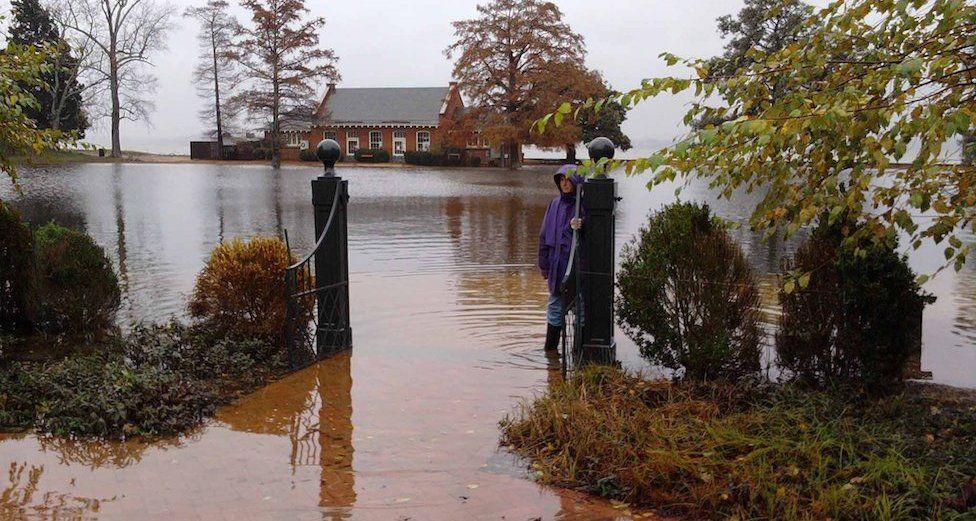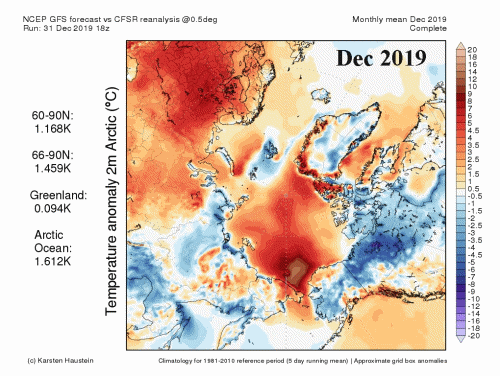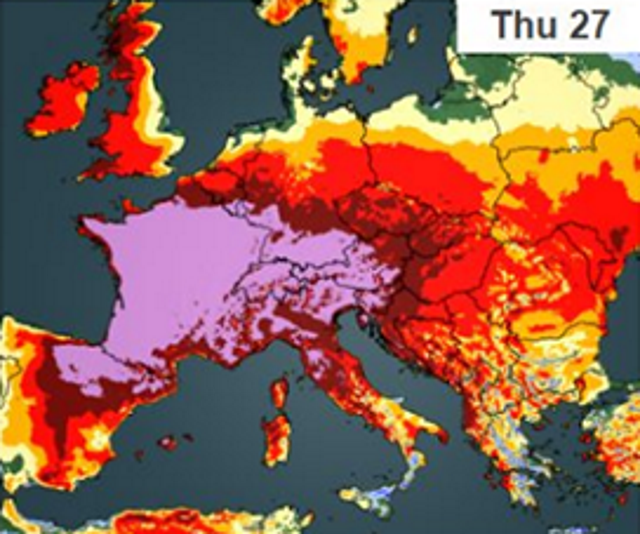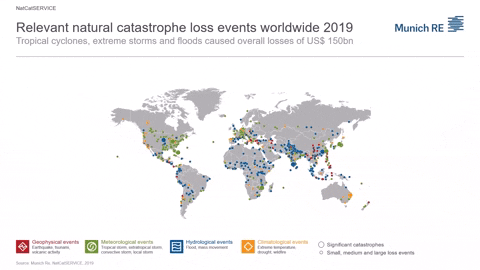Jamestown: America’s first English settlement now endangered by rising sea level – “There is basically a five-year window at Jamestown”

By Jane O’Brien
4 May 2022
JAMESTOWN, Virginia (BBC News) – One of the most important historic sites in America has been put on a list of endangered places. Preservation groups warn that Jamestown, Virginia, may not survive another generation because of climate change.
In 1607, the small island near the mouth of the Chesapeake Bay became the first successful English colony. It is often described as the birthplace of both democracy and slavery in America.
But the tides of the James River are becoming higher and more damaging, the water table is rising, and storms are more frequent and severe, causing dangerous floods.
“There are multiple challenges and they’re all related to climate change,” says James Horn, president of the Jamestown Rediscovery Foundation. “Essentially, we can’t get rid of the water.”
The threat from water is nothing new – the James River had already eroded the western part of the island settlement and until digging began in 1994, it was erroneously believed that the original fort was already underwater. Archaeologists have since excavated most of the fort and recovered millions of artefacts. In 2013 they found evidence of cannibalism during the brutal winter of 1609-10, known as the Starving Time. And in 2015 they discovered the skeletal remains of the first settlers.
But climate change is accelerating the pace of erosion and flooding, jeopardising the site as well as further research and the potential for future discoveries.
“Because of the rate of change, we estimate that a good portion of the fort and surrounding area will be underwater within 35 years,” says Mr Horn.
“There is basically a five-year window at Jamestown,” says Katherine Malone-France, chief preservation officer at the National Trust for Historic Preservation, which compiles the annual list of 11 Most Endangered Historic Places.
“If we do not begin to address these issues within that five-year window, mitigating the impact of climate change becomes exponentially harder. This can’t wait another 10 or 15 years. This is about right now.” [more]
Jamestown: America’s first English settlement now endangered


